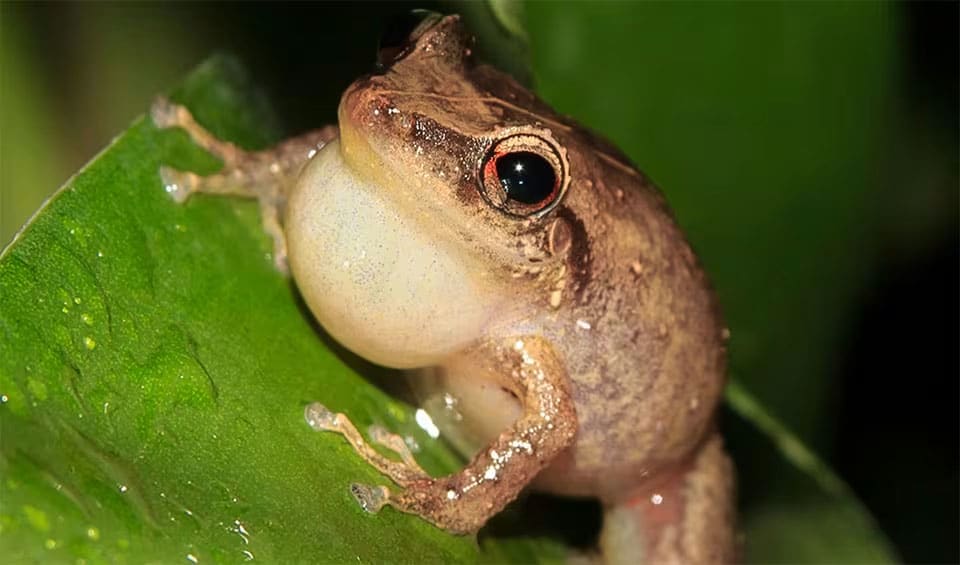Eleutherodactylus
They may be small, but their voices are mighty!
Forget the tadpole stage! Unlike most frogs, Eleutherodactylus species are champions of direct development. Eggs hatch directly into miniature frogs, bypassing the aquatic tadpole phase entirely. This adaptation, shared by a few other frog groups, might be a key factor in their evolutionary success and diversification.
Most Eleutherodactylus species are relatively small, with adults typically fitting comfortably in the palm of your hand. Despite their size, they come in a surprising array of colors and patterns, ranging from earthy browns and greens to vibrant yellows and reds. Some even have interesting skin textures, with bumps or warts adding to their character.
One thing that unites most Eleutherodactylus frogs is their impressive vocal range. Their sharp, high-pitched calls, often described as clicks, whistles, and squeaks, can be quite loud. These vocalizations aren’t just random noise – they’re a complex language used for everything from attracting mates and defending territories to warning each other about danger. Imagine tiny frogs gossiping in a symphony of clicks and whistles – that’s the impressive communication network of these vocal virtuosos.
Life for an Eleutherodactylus frog is all about finding food and avoiding becoming someone else’s dinner. They’re skilled climbers and nocturnal hunters, using their sticky toes to navigate the leaves and branches of trees and shrubs. Their diet consists mainly of small insects, which they snatch up with their long, sticky tongues.
Species in this genus
Spiny giant frog
Larger than most of its rainforest cousins, and has a rugged look that sets it apart
Common coqui
They can be quite loud, reaching noise levels of up to 80 decibels – the equivalent of a running lawnmower!



